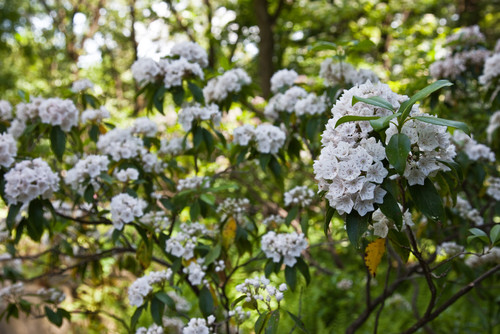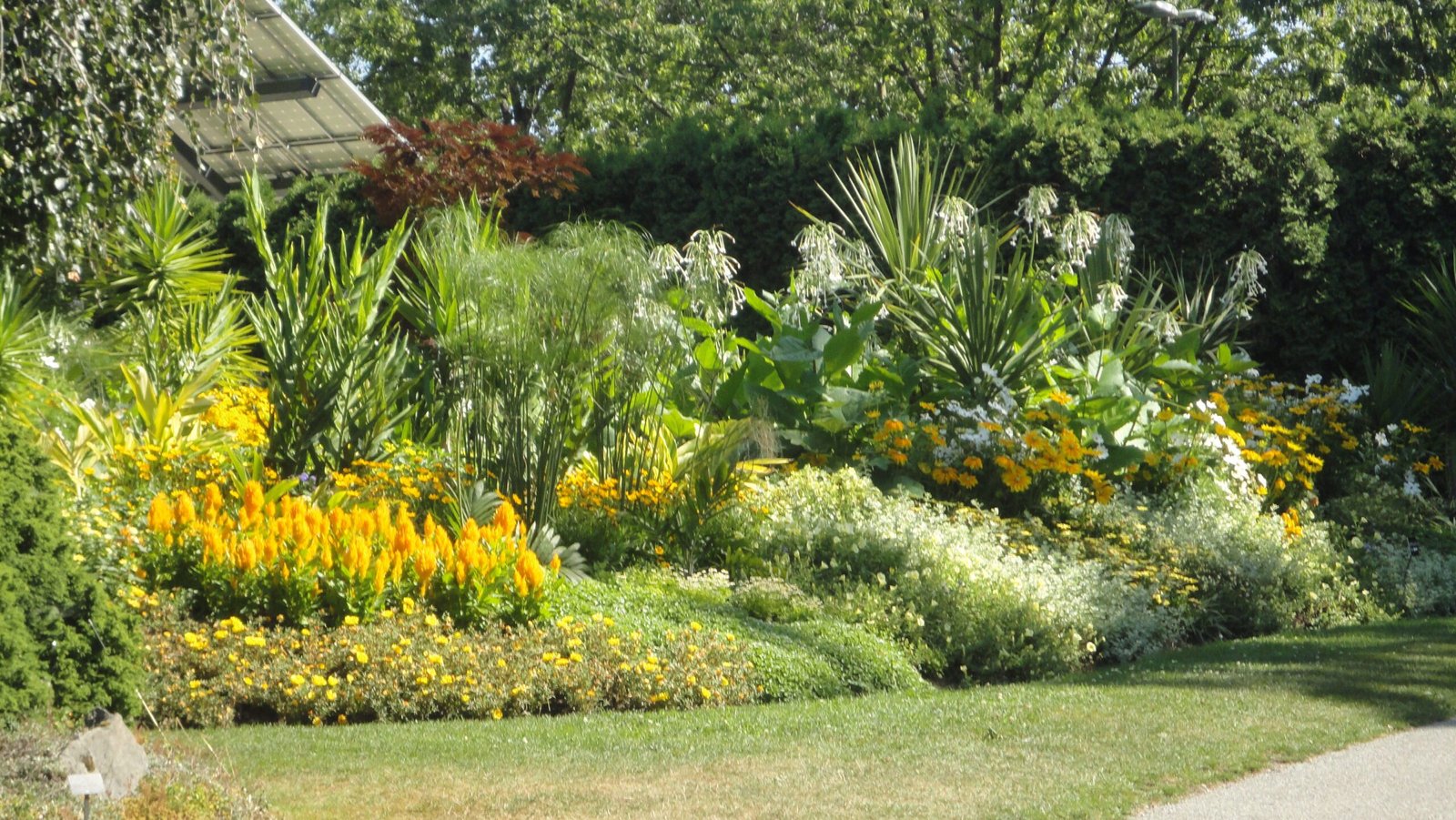In chemical terms, pH is the measure the alkalinity or acidity in soils. The soil’s pH affects the availability and the quality of nutrients in soil. Consequently, pH affects directly how plants use the soil’s nutrients and how they will grow.

Photo by Matthew Cunningham Landscape Design LLC – More landscaping photos
The pH scale has 14 units, from pH 0 to pH 14 and pH 7 is neutral, neither acid nor basic (alkaline).
The pH has a direct connection with the amount of hydrogen ions in the soil. As the amount of hydrogen ions increase, the soil’s pH decreases and the soil is acidic with a pH between 0 and 7. Conversely, a smaller amount of hydrogen ions will increase the pH and the soil is alkaline (basic), with a pH between 7 and 14.
Extreme conditions such an excessive acidity or alkalinity leads to disruption of plant growth. As an example it may be mentioned “Death Valley” the famous desert of America. Its soil is filled with borax has led to an extreme alkalinity, making life unlikely. The same thing happens with the lakes filled by acid rains. It would be a challenge for a plant to sprout and grow in these harsh conditions.
Fortunately, you can easily control your garden soil acidity. In fact, you only need to do a few small adjustments to your soil pH.
A neutral pH (pH 7) creates optimal growing conditions for most species of plants. However, if you wonder what this pH is practically, then you need to know that a neutral pH is simply distilled water. Unfortunately, in the last time we face increasingly more acid rains due to burning fossil fuels.
However, every gardener has to have their garden soil tested for mineral content and pH and a professional eye can see if your soil is suitable for optimal plant growth.
Several factors influence the quality of your garden soil. In fact, you need to guide yourself after your area environment ant to cultivate native plants that are adapted to this soil type.
However, if you want to grow exotic plants then you should pay attention to your soil pH. As an example if your garden soil containing large amounts of minerals such as borax or limestone, then chances are that soil is alkaline. This soil composition is characteristic of deserts. It is therefore a smart idea, to grow plants adapted to these conditions, plants that require less water such as cacti, otherwise you need a proper irrigation for other species of plants.
Opposite of this is a waterlogged soil, which is an acid soil with a pH below 7. In this case, you can create a beautiful bog garden or with an adequate drainage and a proper aeration, you can decrease soil acidity.
However, neutral soils are ideal soils. You can cultivate and grow an indefinite number of plants. You can grow an indefinite number of plants. In addition, you can raise the quality of the garden soil. In an area with a moderate climate, with moderate rains and where organic fertilizer such as large amounts of decaying leaves counteract the alkalinity effect of the limestone, the soil can have a pH near 7, so it is a neutral soil.
Any professional gardener tries to work with nature. In fact, pH is only one factor to be taken into account when you want to create a garden. However, you can influence a soil pH in several ways.
a) If you want to increase its acidity, you can use decaying pine needles, oak leaves, peat moss, coffee grounds or Miracid fertilizer.
b) If you want to increase its alkalinity, you can use lime, eggshells, ammonia or wood ash.
Beautiful Gardens | How To Build A House (howtobuildahouseblog.com)


